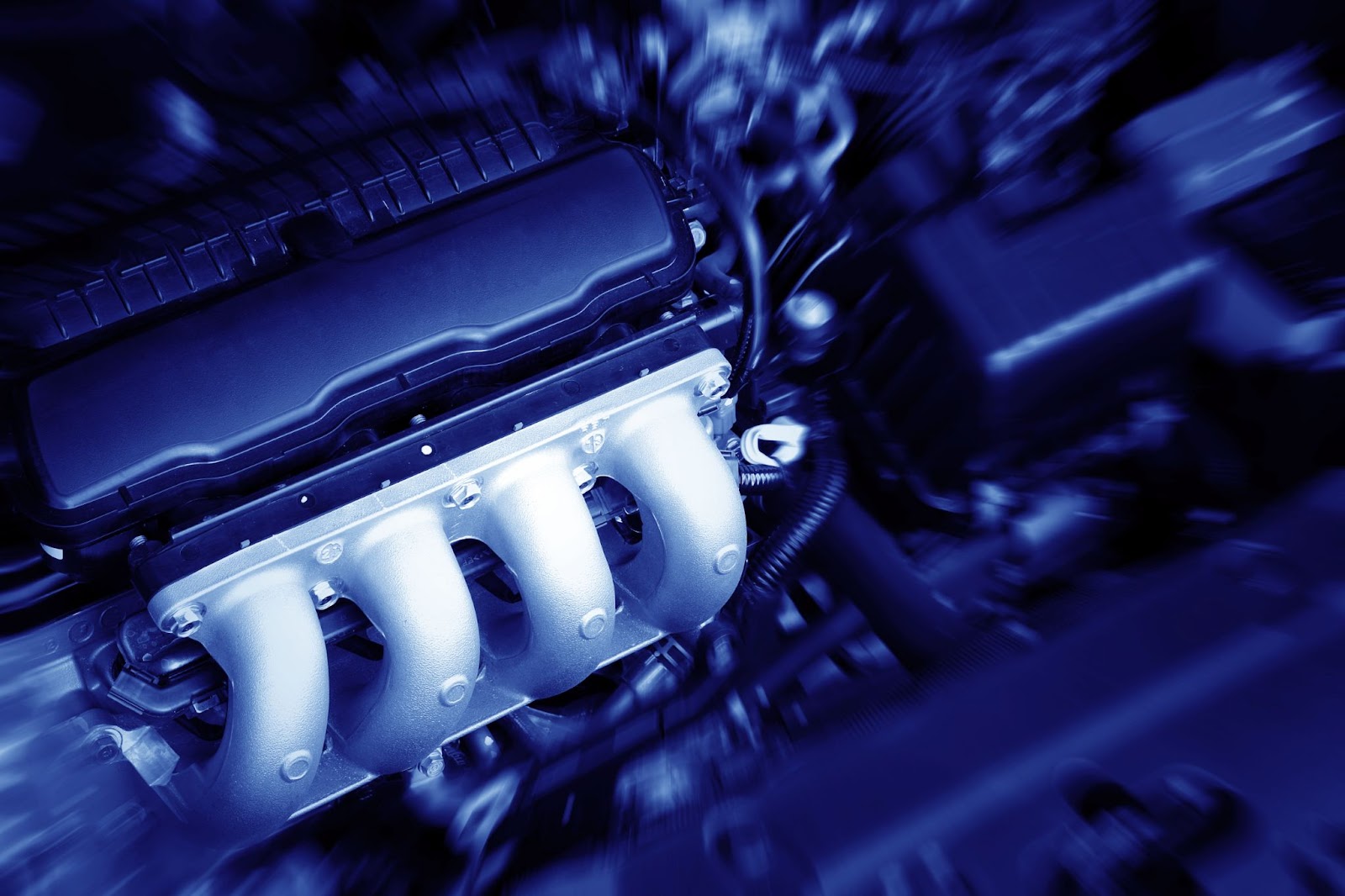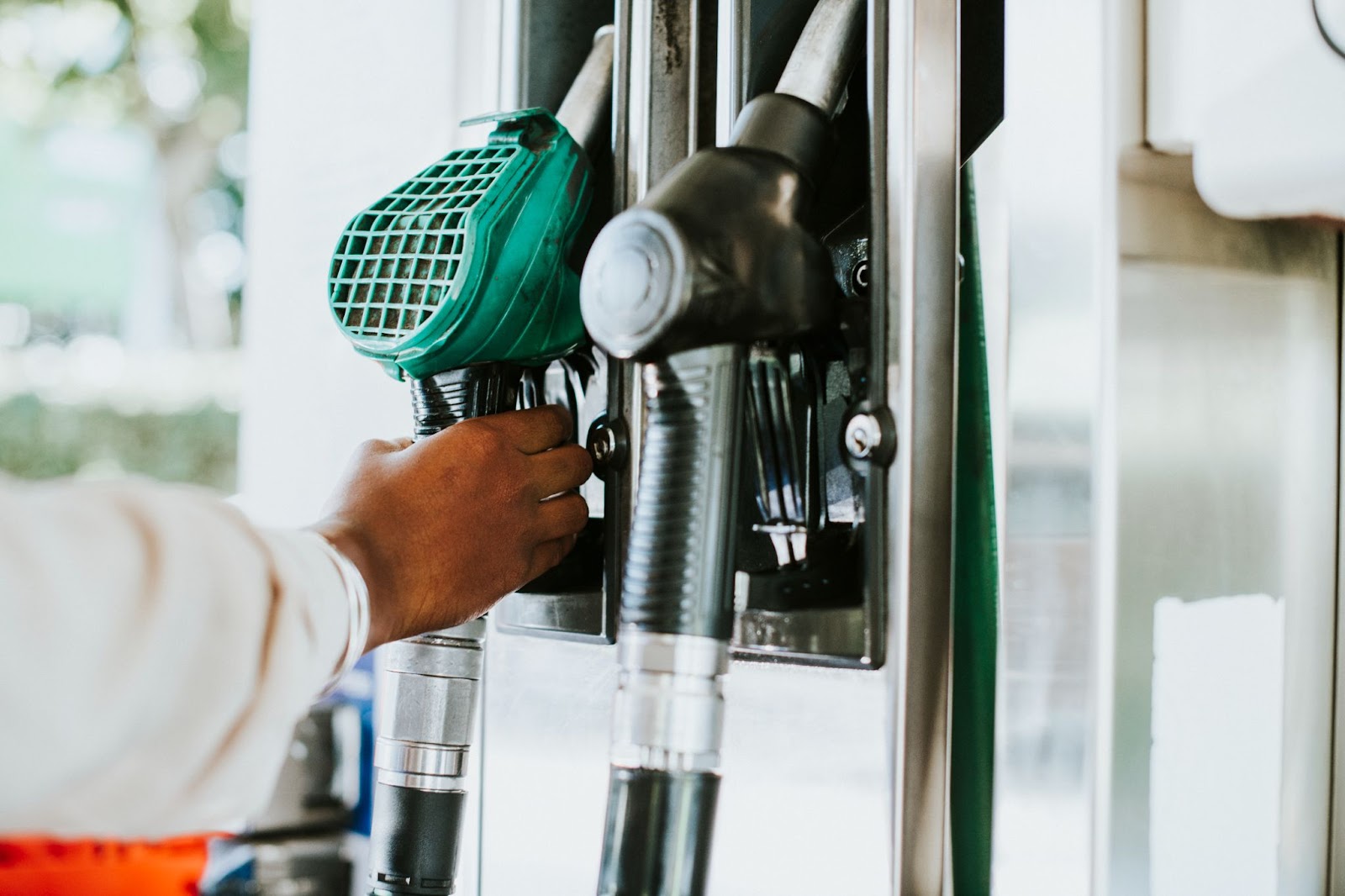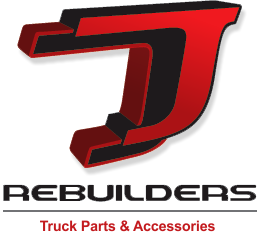Common Maintenance Tips for CAT 3406 Engines

The CAT 3406 engine was designed to power heavy vessels, large yachts, cruise ships, and cargo transport vessels. However, it is also frequently found in highway trucks and various industrial equipment, such as bulldozers, motor graders, and mining machinery. The Caterpillar 3406 has long been known as a reliable diesel engine, and many mechanics praise it as one of the best. Even so, it can experience failures. What are the common CAT 3406 engine problems?
A Power Engine
Caterpillar released many variants of the 3406, including the 3406A, 3406B, 3406C, and finally, the 3406E. The 3406A and 3406B were completely mechanical engines. The C model began to incorporate electronic features with its fuel pump, but it remained primarily mechanical. Finally, the 3406E arrived, the first fully electronic engine that performed so well that it is still used today in many different applications.
What are the common problems with the CAT 3406 engine?
Oil Leaks
These are frequently observed, especially around the front cover, the fuel pump, and the head gaskets, often due to the engine’s design and wear over time.
Fuel System Problems
Faulty fuel injectors, leaking injector cups, and issues with the fuel pump can lead to performance problems such as irregular idle, lack of power, and black smoke.
Cooling System Problems
Overheating can cause cracked cylinder heads, so proper maintenance and monitoring of the coolant are crucial.
"Puzzle Gasket" Issue
Older 3406 models, such as the B and E series, often feature a complex “puzzle gasket” design that can be prone to leaks.
Mechanical Wear
Like any engine, the 3406 can experience typical wear issues, such as worn piston rings, worn bearings, and valve stem seals, which reduce power and increase oil consumption.
Turbocharger Problems
Issues with the turbocharger, such as excessive axial play or damaged blades, can affect the engine's performance and efficiency.
What maintenance is required for a diesel engine?

Diesel engines are great allies in the heavy transport industry. They offer excellent fuel efficiency, less wear, increased durability, are ideal for heavy-duty tasks, and produce fewer pollutants during operation, among other benefits. To maintain functionality and efficiency, regular maintenance is key. Not sure where to start? Pay attention to the following CAT 3406 engine care tips.
Do Not Drive with an Empty Fuel Tank
One of the most common mistakes is driving with an empty fuel tank. In diesel engines, however, the components become contaminated with grease, dirt, and other debris that settle at the bottom of the tank. When the tank empties, these contaminants are more likely to enter the fuel system and cause severe damage that can lead to costly repairs. What can happen? The fuel pump might suck sediments from the tank and send them to the engine.
Furthermore, keeping the fuel level above 25% of its capacity helps protect the engine, improves diesel consumption efficiency, maintains the fuel pump in good condition, prevents blockage in the fuel lines, and avoids risky situations.
Monitor the Engine's RPM
Diesel engines operate very differently from gasoline engines, and revolutions per minute (RPM) are crucial for maintaining engine health. Therefore, when accelerating from a stop, it is important to do so in first gear and avoid running below two thousand RPM, as this can put undue strain on the engine and, over time, reduce its lifespan.
Replace the Filters
Both the fuel filter and the oil filter are essential to keep the diesel and lubricant in optimal condition, preventing contaminants, ash, or metal residues from entering the engine. In the case of CAT 3406 air filter cleaning, the oil filter is replaced with the oil to avoid contaminating the new lubricant. Meanwhile, the fuel filter should be cleaned frequently and replaced at least every 60,000 kilometers.
Be Cautious When Refueling Diesel

Often, when refueling, you may notice that the tanks at the gas station are being filled, and it’s important to know that the pressure from the fuel truck’s pump can stir up impurities stored in the tank—and in the truck itself—causing them to remain suspended and potentially enter the vehicles being refueled. Therefore, try to wait a moment if you notice that the tanks are actively being filled.
Do Not Turn Off the Vehicle Immediately After a Long Trip
Diesel vehicles operate at very high temperatures. After long journeys, it is important to wait at least one minute with your foot on the brake before turning off the engine, to prevent the oil in the turbo from burning. This simple practice can help avoid severe damage to the turbocharger.
Schedule Preventive Maintenance
This advice is especially useful if you have a fleet of vehicles, as you can schedule regular care for all of them: engine and injector cleaning, air filter inspections, thorough washing of the exterior and interiors, tire checks, oil level reviews, and more.
Check the Oil Level
This simple check can be done daily or as often as necessary since diesel engines are very sensitive to low oil levels. Even a small leak or a slightly low oil level can damage the engine. Remember to perform this check with the engine cold and on a flat surface for accurate results.
Is a 3406 CAT a good engine?
The 3406 series is one of the best diesel engines for heavy transport. Approximately 575,000 engines were sold, many still in service today. Of course, they can present some problems, but if you follow these tips, you will extend their lifespan. Additionally, replacement parts are still being manufactured in case you need to replace any components.
